The millennial challenge
It’s challenging being a millennial in today’s day and age. We are labeled lazy, distracted, and poor team players. To add to these untrue misconceptions, we must work hard to show our value, hashtag, like, subscribe, and keep our streaks going. As the new quarter starts and deadlines pressure us, the stress levels start to amp up. We eat poorly, sleep too little, have cluttered thoughts, and forget to exercise which strains our human battery, putting it in a critical state. This becomes our routine, our way of doing things, our life. Is there a way to change all this and fill up our battery?Why is recharging important?
Recharging allows you to get more out of your day by unlocking your performance and increasing happiness. Greg Wells, author of The Ripple Effect explains that we can get more out of our day by eating right, sleeping soundly, thinking clearly, and moving frequently. Daily care for these four areas enables us to function at a high level.The best in the world do it and so should you.
Professional sports teams have strict recovery protocols for their athletes. Top performing Amazon CEO Jeff Bezos recharges by getting 8 hours of sleep and spending time with family before going to work. The US military uses recovery to enable personnel to perform at a high level. These are some of the leaders in human performance. Let’s learn from them and apply new routines in our own lives.Levels of recharging
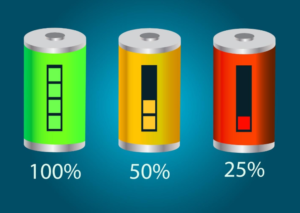 Gilbert Enoka, New Zealand All Blacks mental skills coach explains that there are three sizes of recharging. AAAA batteries are the thin ones that go into a small remote. This is your daily recharging. These types of recharging strategies are 10 to 15-minute activities that you can do on your own and have an important criterium: they have to be screen-free. They may include mindfulness/prayer, exercise, reading, or writing. Power naps are okay if they are within the 15-minute mark.
AAA batteries are the ones that go into a regular remote and include activities that last a few hours up to a day. This is your monthly recharging. To top up with these batteries, you may have a meal with a significant other, go into nature for a hike, or have a date night with your loved one.
The AA batteries are the thicker ones that go into something. This is your yearly recharging. These sorts of recharge strategies take typically a few days up to two weeks and include changing your physical environment and leaving your work/school behind.
Gilbert Enoka, New Zealand All Blacks mental skills coach explains that there are three sizes of recharging. AAAA batteries are the thin ones that go into a small remote. This is your daily recharging. These types of recharging strategies are 10 to 15-minute activities that you can do on your own and have an important criterium: they have to be screen-free. They may include mindfulness/prayer, exercise, reading, or writing. Power naps are okay if they are within the 15-minute mark.
AAA batteries are the ones that go into a regular remote and include activities that last a few hours up to a day. This is your monthly recharging. To top up with these batteries, you may have a meal with a significant other, go into nature for a hike, or have a date night with your loved one.
The AA batteries are the thicker ones that go into something. This is your yearly recharging. These sorts of recharge strategies take typically a few days up to two weeks and include changing your physical environment and leaving your work/school behind.
Putting it into practice
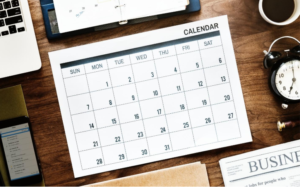 Measure it. You may be in touch with what your battery level is at by looking inside. Or you may like to have hard data. There are a bunch of handy tools out there that will tell you whether you should keep going or slow down. CheckMyLevel and Whoop are two tools you can use to measure your energy level.
Schedule it. When planning recovery, start with the yearly recharge (AA batteries), the biggest ones in your toolbox. Book your year’s vacation at a destination you choose. It doesn’t have to be glamorous. Camping is a cheap way to do this in the summer. Next, schedule your monthly recharge (AAA batteries). Are there times of the month you know will be stressful? Book a day or two away from home (or visit your home if you live away from it). Go somewhere you can enjoy quality time on your own, or with loved ones. Daily recharge strategies (AAAA batteries) are next, and it may take you a month or two to make these a habit. Sleep replenishes most of our daily energy, and Greg Wells suggest at least 7.5 hours of sleep per night. On this website, you can set your alarm based on your sleep cycles, so you wake up feeling fresher. Once quality sleep is a habit for you, turn to your mid-day recharge. During your lunch, you may choose to pray, do mindful breathing, or read. The options are endless. Find what clicks with you.
Do it. Accomplish the daily recharging intentions you set for yourself. At times you’ll schedule it but not do it. That’s okay. Keep trying. It takes time to learn a new habit or replace an old one.
Measure it. You may be in touch with what your battery level is at by looking inside. Or you may like to have hard data. There are a bunch of handy tools out there that will tell you whether you should keep going or slow down. CheckMyLevel and Whoop are two tools you can use to measure your energy level.
Schedule it. When planning recovery, start with the yearly recharge (AA batteries), the biggest ones in your toolbox. Book your year’s vacation at a destination you choose. It doesn’t have to be glamorous. Camping is a cheap way to do this in the summer. Next, schedule your monthly recharge (AAA batteries). Are there times of the month you know will be stressful? Book a day or two away from home (or visit your home if you live away from it). Go somewhere you can enjoy quality time on your own, or with loved ones. Daily recharge strategies (AAAA batteries) are next, and it may take you a month or two to make these a habit. Sleep replenishes most of our daily energy, and Greg Wells suggest at least 7.5 hours of sleep per night. On this website, you can set your alarm based on your sleep cycles, so you wake up feeling fresher. Once quality sleep is a habit for you, turn to your mid-day recharge. During your lunch, you may choose to pray, do mindful breathing, or read. The options are endless. Find what clicks with you.
Do it. Accomplish the daily recharging intentions you set for yourself. At times you’ll schedule it but not do it. That’s okay. Keep trying. It takes time to learn a new habit or replace an old one.
I am at crucial battery levels. What do I do?
When operating at critical battery levels (often due to lack of sleep), the brain lowers the achievement standards and even though you think you’re working fine, your performance and happiness would disagree (ref). If you notice that you are at critical levels, find a way to recharge right away and set a recovery plan in place with your AAAA batteries.Pick what works for you
There is no magic bullet, shortcut, or cheat sheet on how to recharge. It may be a 5-minute mindfulness session when you pull over between work and home. It could be having brunch with your significant others. If it’s not a habit right now, it will take experimentation, discipline, and reflection. Educate yourself on the best recovery practices, figure out how to schedule these activities in your life, and be creative in the process.About the author
Being in love with elite human performance, Zoran Stojkovic founded Kizo Performance, a company that equips individuals, leaders, and organizations with mental skills, enabling them to perform and be happy while doing so. Based in Victoria, Canada, the west coast lifestyle suits him because the sun shines from May to October and it doesn’t snow. His favorite daily recharge strategies include spending time with significant others, reading and exercise. Feel free to ask him any questions through social media. Website: www.kizoperformance.com/blog Instagram: www.instagram.com/kizoperformanceSign up for the weekly Millennial Momentum Newsletter. No BS, All hustle
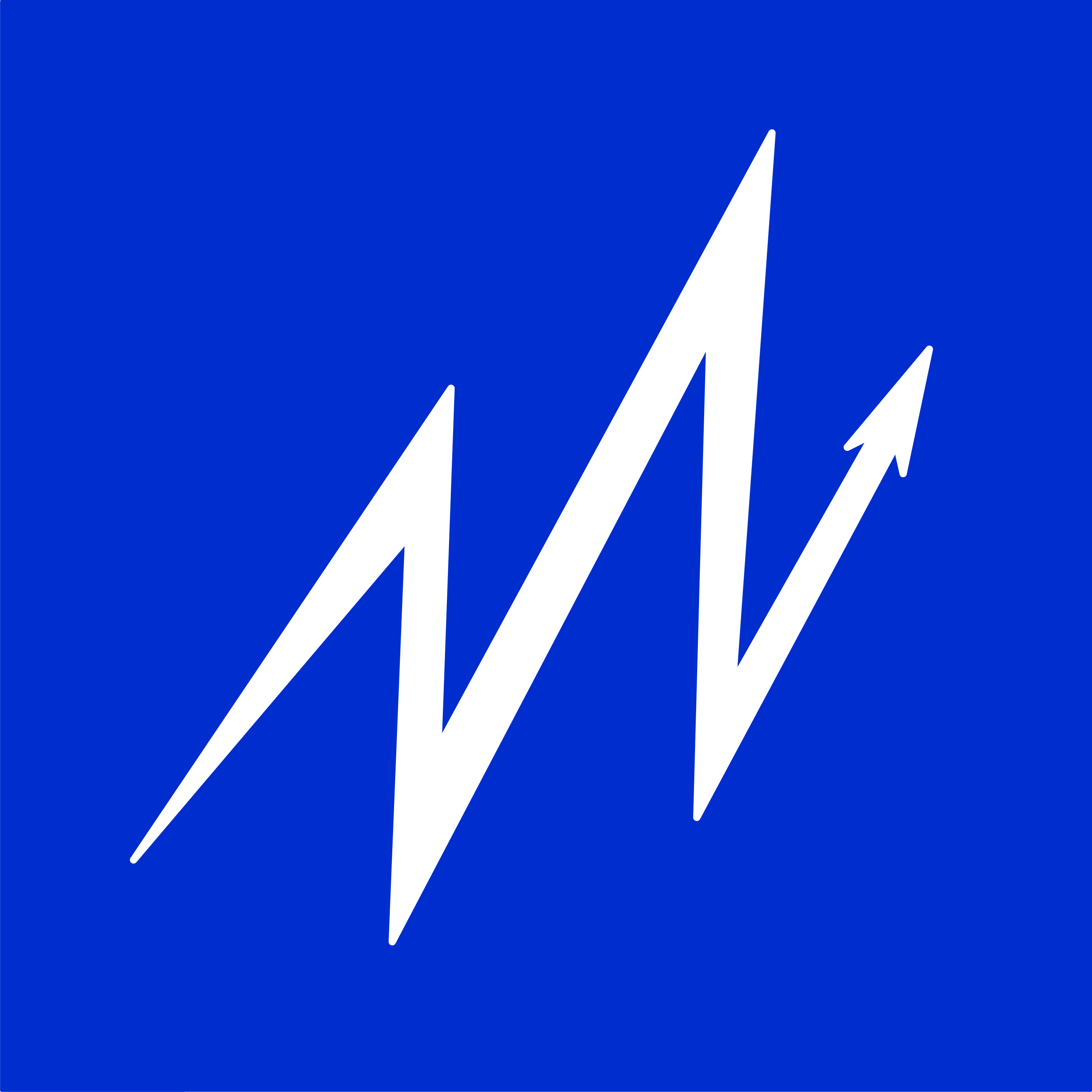




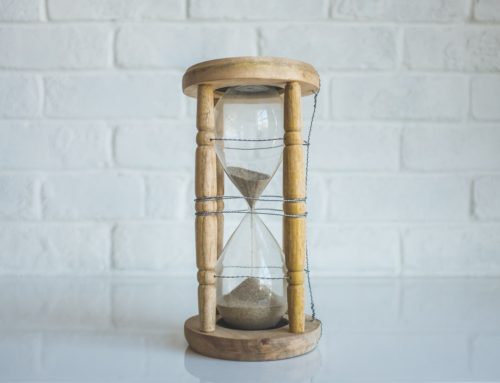
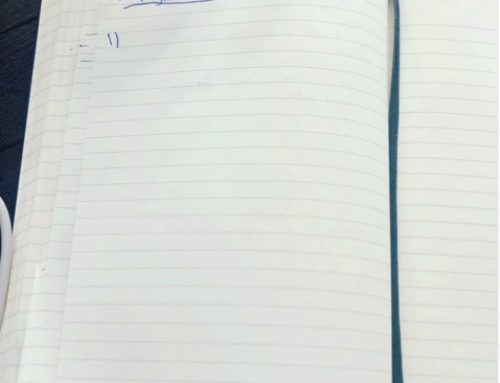







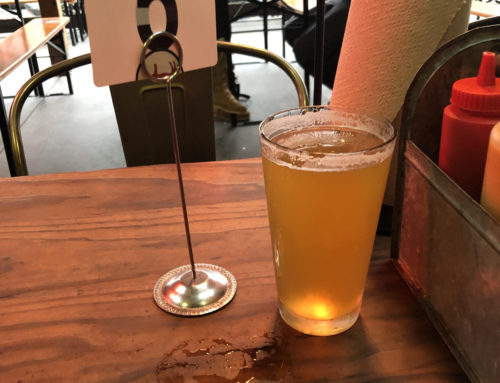

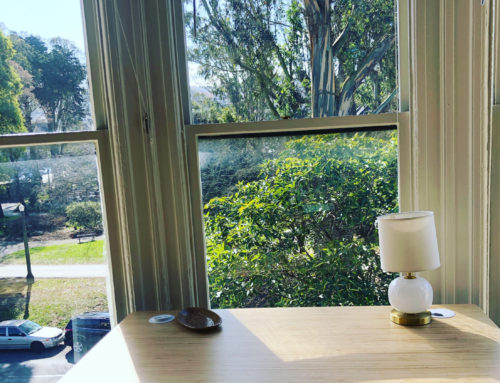

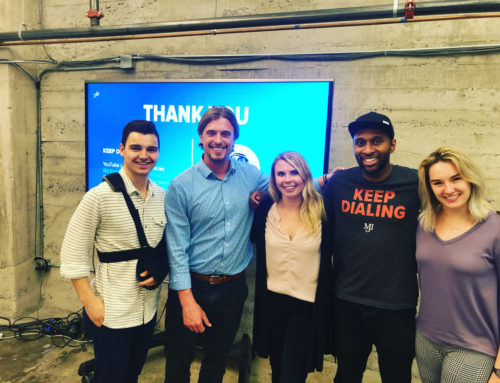

Great post.
Nice, thanks!
Nice post!
I’ve read the article with wonderful satisfaction and also could know something brand new I will use for my additional requirements.
This post seem very great.